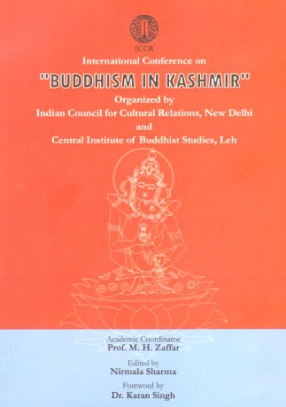The governance and coordination of higher education differs enormously by public versus private control, type of institution, and state, and it differs within each of these categories as well. Historically, most higher education institutions had their own governing boards although their powers and those of different campus constituencies varied widely. While most institutions and almost all private ones still have individual campus governing boards, most students and faculty now study and teach in institutions that are part of multi-campus systems, a few with hundreds of thousands of students. In addition, all but a handful of states have a statewide coordinating or governing board with some degree of authority or responsibility for all public post-secondary institutions in the state and sometimes for the state’s private institutions as well. During the 1980s and 1990s, significant and sometimes unpredicted shifts in the powers and structures of governance or coordination at each of these levels–campus, multi-campus, and statewide–occurred. Political and budgetary forces make it likely that additional changes will occur in the next decade.
Nispanna-Yogavali: Sanskrit and Tibetan Texts with English Translation
The Nispannayogavali (NSP) ...
$68.40
$76.00











There are no reviews yet.